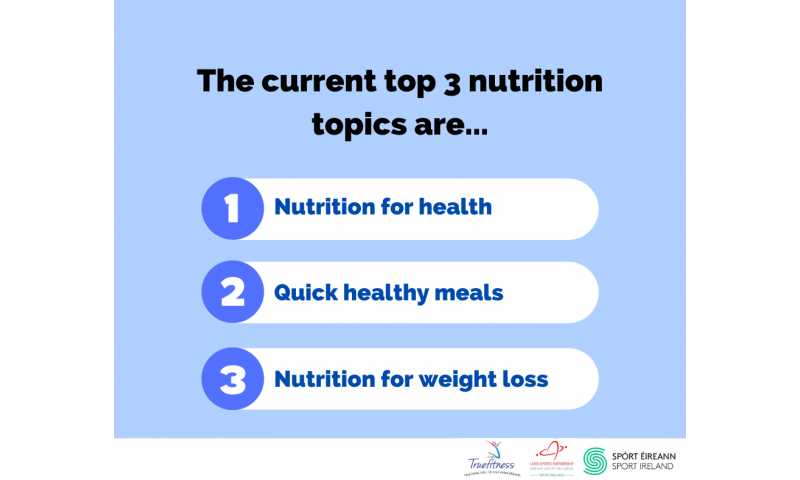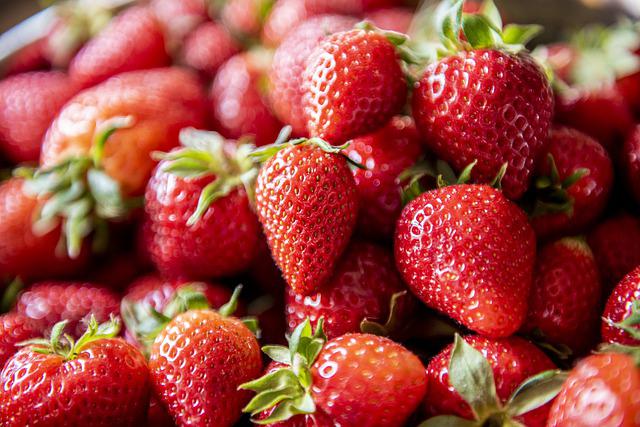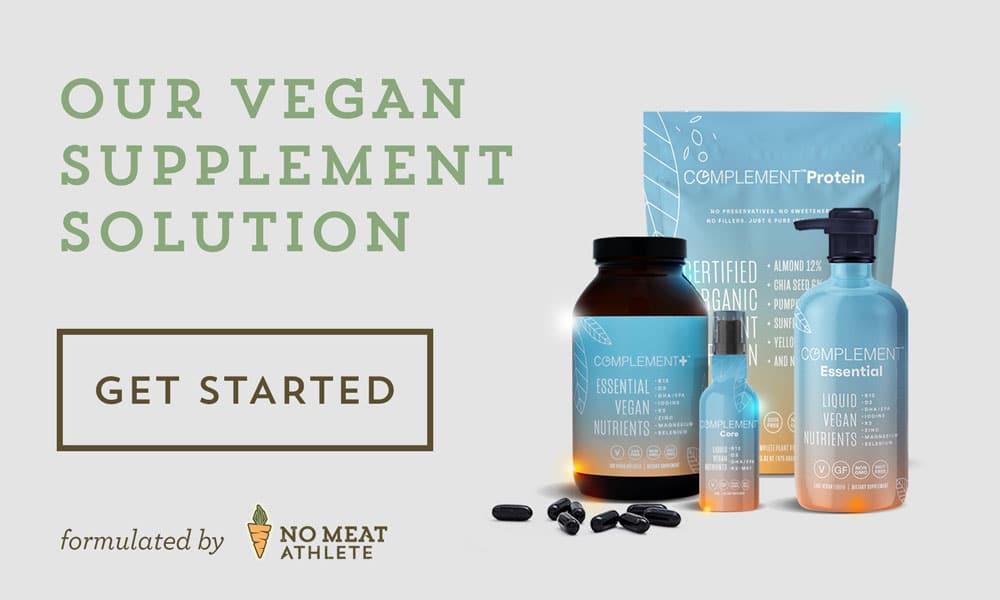
If you are looking for a high protein vegan grocery list, there are many items you can include in your shopping list. You can include Whole wheat bread, peanut butter, and vegetable pasta in your vegan grocery list. Certain ingredients should be avoided. Avoid adding highly processed oils such as soybean, sesame or cottonseed to your list. Avoid purchasing products that contain gelatin. Many packaged foods, such as pudding and yogurt, contain gelatin.
Vegetables
Vegetables provide a good source of protein as well as fiber. They are also low in calories as well as fat making them a great choice for maintaining a healthy body. Pick vegetables that are available in season. Freeze them if fresh is not an option. You can freeze them for great savings. Another great source of protein, asparagus is a staple in many plant-based meals. It's also loaded with vitamins K and A.
A vital part of vegan diet is vegetables. They are full of nutrients and low in calories so you won’t feel hungry. It is essential to keep a supply of leafy greens as well as cruciferous and staple vegetables like carrots, zucchini, and other versatile foods such as potatoes and onions. To mask their taste, you can add them to smoothies or use pasta to disguise them.
Peanut butter
Peanut butter is a very popular vegan snack option. Peanut butter is packed with protein and delicious. Many grocery stores carry 100%-pure peanut butter. However, commercial brands can be dangerously sweetened. You should look for vegan snacks made from 100% pure peanut butter. Raw cashews as well as almonds are excellent options.

A vegan grocery checklist can simplify your life whether you're new to the practice or an expert. You can personalize these grocery lists to meet your specific needs. Consider how much money you'd like to spend and the quality of the products you choose. Consider also the nutritional value and environmental impact of the product, as well ethical concerns.
Whole wheat bread
You should look for bread that is high in protein when you are creating your high protein vegan grocery lists. You should avoid sugar and artificial additives by choosing bread made without any added sugars. This bread is a great option for protein and flavor. It's great for anyone who is trying to lose weight, or those who exercise.
You can find whole grain bread in various stores. Whole grain bread is found in many stores. It can be found in the bakery section as well as the snack and freezer aisles. So you can identify whole grain products easily, they are usually marked with a "Whole Grains” stamp.
Vegetable pasta
Vegetable pasta is an excellent way to include more greens in your diet. It is also a little more protein-rich than traditional semolina pasta. For added protein, try tempeh, which is similar to tofu, and is a fermented soy product that has about 20 grams of protein per cup. Seitan is another good vegan protein source that is similar to meat, and is made from wheat gluten. It provides approximately 75 grams of protein for every 100 grams.
Shelled soybeans, also called edamame, are another excellent source of plant protein. Edamame provides around 17g of protein and fiveg of fiber per serving. You can find frozen edamame at many grocery stores. They just need to be thawed before cooking. To make a protein packed dish, you could also stir in peanut butter.

Bean burgers
To make a tasty burger, you can use beans in tins. These patties can be cooked on a pan or grill. These patties can also be prepared in a pressure cooker. If you don't overcook them, they will keep fresh for some time.
Beans are high-protein and make a satisfying dinner. They are an excellent source of plant protein and are easy to prepare. You can make TVP from dehydrated soy flour to create a meat-like texture. TVP is very low in fat and high in protein. You could also try Vital Wheat Gluten, peas, or even Vital Wheat Gluten.
FAQ
How can I tell what is good for me?
Your body is your best friend. When it comes to your body's needs for exercise, food, or rest, it is the best. You need to be aware of your body and not overdo it. You must listen to your body to ensure you are healthy.
What causes weight loss as we age?
How do you know if your bodyweight changes?
Weight loss occurs when there is less fat than muscle mass. This means that calories must be consumed at a rate greater than energy. A decreased level of activity is the main cause of weight loss. Other reasons include poor eating habits, stress, hormone imbalances, certain medications and illness. If there is more body fat than muscle mass, then weight gain can occur. It occurs when people consume more calories per day than they need. Overeating, increased physical activity and hormonal changes are all common reasons.
Our bodies lose weight because we eat fewer calories than we burn. By exercising regularly, our metabolism rates increase which in turn burns more calories during the day. However, this doesn't mean that we'll necessarily get thinner; what matters is whether or not we're losing fat or gaining muscle. If we're burning more calories that we consume, we'll lose weight. If we consume more calories that we burn, then we are actually storing them in fat.
As we grow older, we tend to become slower at moving around and therefore we don't move as much. We also tend to eat less food than we did when we were younger. As a result, we gain weight. On the other hand, we have more muscle mass and look larger than we actually are.
Without weighing yourself each week, there is no way to know how much weight you have lost. There are many ways you can measure your weight. There are several ways to check your waist size. Some prefer to use bathroom weights, others prefer tape measure.
You can track your progress by weighing yourself at least once per week and measuring your waistline every month. You can also take photographs of yourself every few years to track how far your progress has been.
Online data can be used to determine your weight. If you are 5'10' tall and weigh 180lbs, your weight would be 180.
Do I need calories to count?
You may wonder, "What diet is best for you?" or "is counting calories necessary?" This depends on several factors like your current health and personal goals. Your preferences and overall lifestyle.
The Best Diet For Me: Which One Is Right?
The best diet is dependent on my current health status, personal goals, preferences, and overall lifestyle. There are many diets out there, some good and some bad. Some work well for certain people while others don't. So what should I do? What can I do to make the right decision?
These are the questions this article will answer. The article starts by introducing the many types of diets currently available. Then, the pros and cons of each type of diet are discussed. We'll then discuss how to choose which one is best for you.
To begin, let's take a quick look at the different types of diets.
Diet Types
There are three main types of diets: low fat, high protein, and ketogenic. Let's take a look at them all below.
Low Fat Diets
A low fat diet is a diet that restricts the amount of fats consumed. This is accomplished by decreasing the intake of saturated fats like butter, cream cheese, and other dairy products. You can replace them with unsaturated oils (olive oil and avocados) A low fat diet is often recommended for those who want to lose weight quickly and easily. However, constipation, stomach pain, and heartburn can all be caused by this type of diet. Vitamin deficiencies can also occur if the person doesn't get enough vitamins through their diet.
High Protein Diets
High protein diets reduce carbohydrates to favor of proteins. These diets often have higher levels of protein than most other diets. They can help you build muscle mass, and also burn more calories. One problem is that they may not provide adequate nutrition to someone who needs it. Also, they tend to be very restrictive, so they aren't suitable for everyone.
Ketogenic Diets
The keto diet is also known as the keto diet. They are high fat and moderately carbohydrate and protein-rich. They are popularly used by bodybuilders, athletes, and others who want to be able to train harder and more efficiently without becoming tired. You must adhere to all side effects such nausea, headaches, fatigue.
What are 10 healthy lifestyle habits?
-
Have breakfast every day.
-
Don't skip meals.
-
Be balanced.
-
Drink lots of water.
-
Take care your body.
-
Get enough sleep.
-
Avoid junk food.
-
Daily exercise
-
Have fun
-
Make new friends
Are there 5 ways to have a healthy lifestyle?
What are 5 ways to live a healthy lifestyle?
Healthy lifestyles include eating right, exercise regularly, getting enough rest, managing stress, having fun, and eating healthy. Avoiding sugar and unhealthy fats is key to eating well. Exercise is good for your body and muscles. Getting enough sleep improves memory and concentration. Managing stress reduces anxiety and depression. Fun keeps us happy and healthy.
Statistics
- In both adults and children, the intake of free sugars should be reduced to less than 10% of total energy intake. (who.int)
- This article received 11 testimonials and 86% of readers who voted found it helpful, earning it our reader-approved status. (wikihow.com)
- The Dietary Guidelines for Americans recommend keeping added sugar intake below 10% of your daily calorie intake, while the World Health Organization recommends slashing added sugars to 5% or less of your daily calories for optimal health (59Trusted (healthline.com)
- According to the Physical Activity Guidelines for Americans, we should strive for at least 150 minutes of moderate intensity activity each week (54Trusted Source Smoking, harmful use of drugs, and alcohol abuse can all seriously negatively affect your health. (healthline.com)
External Links
How To
How to Live a Healthy Lifestyle
Healthy lifestyle means you can maintain your weight, health, and fitness. It involves living a healthy lifestyle, which includes exercising regularly, eating well, and staying away tobacco, alcohol, and other drugs. A healthy lifestyle helps you stay fit and feel good about yourself. Additionally, a healthy lifestyle will reduce your chances of developing chronic diseases like stroke, heart disease or diabetes, as well as cancer, osteoporosis, arthritis, and other conditions.
The main goal of this project was to provide a step-by-step guide on how to live a healthier life. The introduction of the project was the first. This describes what a healthy lifestyle looks like, why it is important, and who we are. Next, I wrote the body paragraphs. These include tips and tricks for maintaining a healthy lifestyle. I then wrote the conclusion. This summarizes the whole article, and provides additional resources, if necessary.
This assignment taught me how to write a concise paragraph. Also, I learned how my ideas could be organized into topic sentences or supporting details. Because I had to locate specific sources and properly cite them, my research skills improved. Finally, I learned proper grammar and writing skills.